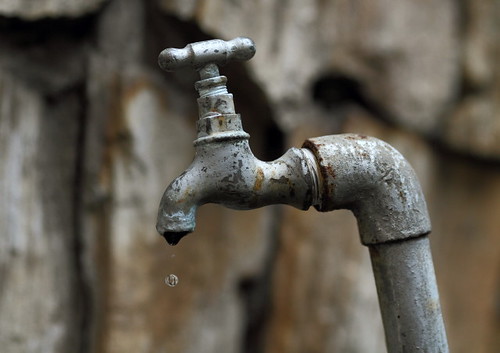Thank you very much guys.
Asher, at the time being my skill in post processing is really minimal, and I mean minimal like in almost non existence. I only use DPP (or LR 2.6) for post processing, and the only thing I do is a simple white balance correction (use Whibal card or click on any white object), sharpening, cropping if necessary and then convert to jpeg.
I tried CS, but after the trial period I found that it's too difficult for me to use so I decided to stick with DPP and LR instead. So I do not know how to do it :-(
There's one question that I have, and I hope you guys can enlighten me on this. Don't know if it fits this sub forum, if it's not please move it to a more appropriate forum.
I'm a guy that do not posses visual artistic talent or skill. Taking the picture above was not an easy process for me. I mean I have to think how to make it interesting.
I have to look at it, kind of study it and then think "Hey, maybe it will look good or interesting if I take this kind of picture." even then, it may or may not work. What I'm trying to say is, to me it is a rather long process and not something that happen in an instant.
So my question to you guys, looking at the pictures posted by you guys in this forum... there are definitely talented guys here... how is your creative process ? Or how do you create your pictures? I mean, do you just look at certain thing and then in your mind you say "this is good", set your camera, press the shutter and come up with beautiful pictures?
Thanks,
bob

